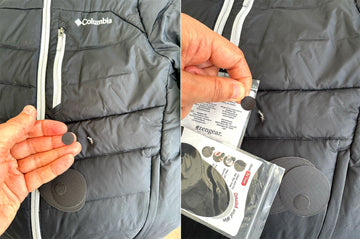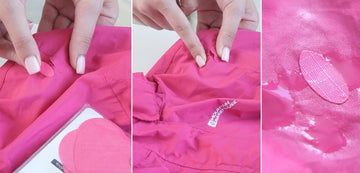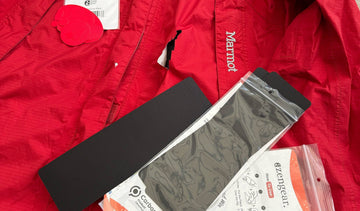Mastering Summer Runs: Essential Tips for Safe and Effective Workouts in the Heat
by Emily Jannet on May 13, 2024
Summer brings with it the allure of outdoor activities, including invigorating runs under the sun. However, as temperatures soar, it's crucial to adjust your workout routines to ensure safety and maximize effectiveness. In this guide, we'll discuss the essential tips for mastering your summer runs, helping you stay safe, healthy, and on top of your fitness game even on the hottest days.
Hydration is Key: Staying hydrated is perhaps the most crucial aspect of running in the heat. The combination of sweat loss and increased evaporation in hot weather can quickly lead to dehydration, which can impair performance and even result in heat-related illnesses such as heat exhaustion or heat stroke. Make sure to drink plenty of water before, during, and after your run, and consider bringing a water bottle or hydration pack with you to replenish fluids on the go. Electrolyte drinks can also help replace lost sodium and potassium, which are essential for proper muscle function.
Time Your Runs Wisely: Avoid the peak heat of the day by scheduling your runs for early morning or late evening when temperatures are cooler. If you must run during the day, try to find shaded routes or opt for indoor tracks or treadmills to minimize sun exposure. Keep an eye on the weather forecast and be prepared to adjust your schedule accordingly if temperatures are forecasted to be excessively high.
Dress Appropriately: Choose lightweight, moisture-wicking clothing that allows for maximum airflow and evaporation to help keep your body cool. Light-coloured clothing can also help reflect sunlight and heat, reducing the risk of overheating. Don’t forget to protect your skin with sunscreen and a hat or visor to shield your face from the sun’s rays.
Pay Attention to Your Body Signals: Pay attention to how your body is feeling during your run and be prepared to adjust your pace or cut your workout short if you start to experience symptoms of heat-related stress, such as dizziness, nausea, or excessive sweating. It’s important to know your limits and not push yourself beyond what is safe in extreme heat conditions.
Gradually Acclimate: If you’re not accustomed to running in hot weather, give your body time to adjust by gradually increasing the duration and intensity of your runs as temperatures rise. Start with shorter workouts and gradually build up to longer distances as your body adapts to the heat. Be patient with yourself and don’t expect to perform at the same level as you would in cooler weather.
Cool Down Properly: After completing your run, take the time to properly cool down and lower your body temperature. Walk or jog at a slow pace for a few minutes to allow your heart rate to gradually return to normal, and then stretch your muscles to prevent stiffness and reduce the risk of injury. Consider taking a cold shower or using ice packs to help lower your core body temperature more quickly.
Replenish Electrolytes: In addition to staying hydrated with water, be sure to replenish electrolytes lost through sweat by consuming foods or drinks rich in sodium, potassium, and other essential minerals. This can help prevent muscle cramps and maintain proper hydration levels during and after your run.
Know When to Take a Break: Finally, don’t hesitate to take a break from running if conditions become too extreme or if you’re feeling unwell. It’s better to skip a workout or opt for a lower-intensity activity than to risk overheating or dehydration. Listen to your body and prioritize your health and safety above all else.
Mastering summer runs requires careful preparation, attention to detail, and a willingness to adapt to changing conditions. Enjoy the warm season, stay hydrated, pay attention to your body signals to ensure a rewarding and enjoyable running experience every time you hit the pavement. With the right preparation, you can conquer the summer heat and achieve your fitness goals with ease.





